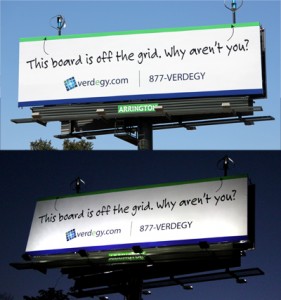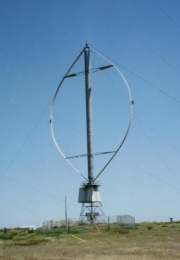A Gorlov helical turbine is not a wind turbine. The Gorlov design is a variation of the Darrieus turbine, designed for use in water. It shares the same principles as vertical axis wind turbines, but is optimized for water flow.
Just like vertical axis wind turbines, the Gorlov water turbine is unconventional in that the axis is oriented perpendicular to the flow of water. Due to this perpendicular design, the turbine functions efficiently, regardless of the direction of the flow. Because the turbine operates at low flow velocity and independent of direction, Gorlov turbines are well-suited for tidal power projects.

A Gorlov helical turbine, or GHT, is best suited for use in rivers or streams where the construction of a dam is not possible, or cost-prohibitive. From an environmental point of view, not constructing a dam has less impact on the existing natural environment, however, there are some concerns that the rotating blades may harm fish. Currently there are no known studies to confirm the impact on the environment, however, Gorlov has lab tested turbines attached to barges in the Cape Cod Canal tidal current with no harmful effect on fish.
Efficiency and Power
A Gorlov turbine can capture 35% of flowing water energy, compared to 20% for a conventional turbine and the infrastructure required to support a Gorlov turbine costs significantly less and has a smaller footprint than a conventional hydro-electric power plant.
Occasionally people will mistake helical vertical wind turbines as Gorlov turbines. This is because the primary differentiator is that the helical blades are rotated in such as way that there is always a section of the airfoil that is at the optimal angle of attack for the flow. There are similar applications in use for wind turbines, however, the Gorlov turbine was specifically designed for water flow applications.
A version of a Gorlov turbine is currently being installed as part of the Cobscook Bay Tidal Energy Project.








